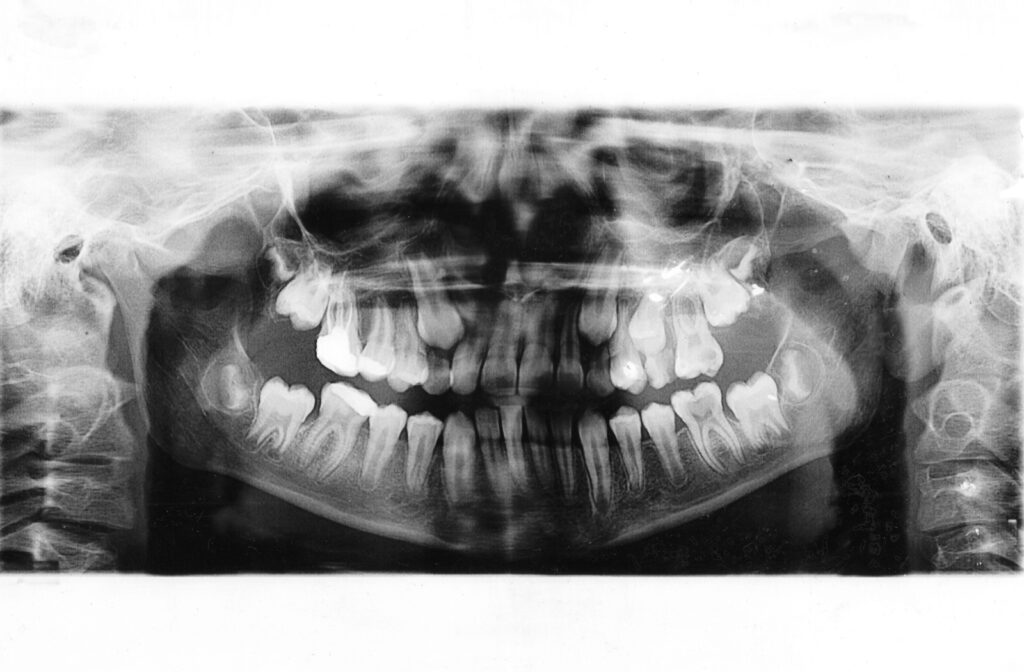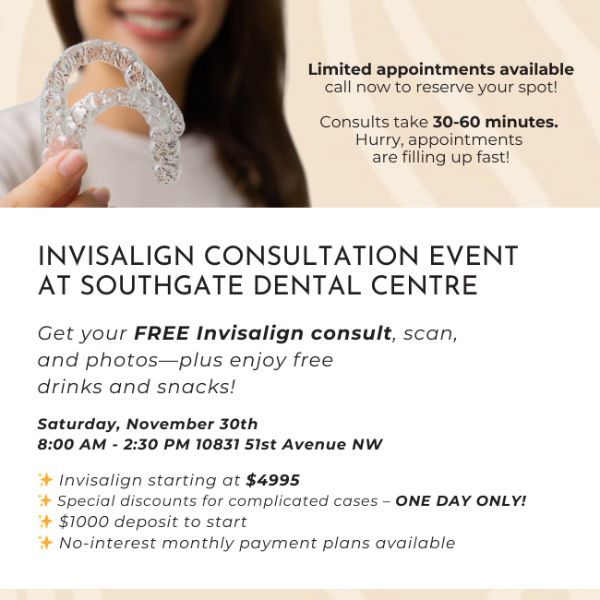It’s no secret that children’s dental development is an intricate process.
Even after the tooth fairy retires once their baby teeth are out, your children’s permanent teeth are still developing, even in their teenage years.
The arrival of 12-year-old (second) molars during early adolescence signals the transition to an adult smile. These teeth provide the foundation for a healthy bite, efficient chewing, and proper alignment. This is also a great time to consider orthodontic treatments, which serve a functional purpose beyond aesthetics, helping to support a healthy and confident smile.
Second molars signify an important milestone in your child’s oral health.
An Introduction to 12-Year-Old Molars
While they’re not wisdom teeth, your child’s second, or 12-year-old molars, are a significant milestone in their oral development.
What Are 12-Year-Old Molars?
12-year-old molars are a second set of permanent molars that erupt in the back of the mouth, just behind the first molars in all 4 corners of your mouth.
Whereas primary teeth eventually fall out and are replaced by permanent teeth, second molars erupt only once, later in life, which is why it’s so important to care for them properly.
These second molars do more than just help you chew. Without them, the alignment of your teeth and your ability to grind food effectively could be disrupted, making something as innate and basic as chewing more challenging or uncomfortable.
When Do Your Second Molars Come In?
Despite their nickname, second molars don’t always erupt exactly at age 12; the timeframe can range from ages 11—13, because every child is different!
The late arrival of these molars is tied to the jaw’s growth. The jaw, upper and lower, both need to be large enough to accommodate the larger teeth, so they only appear as a person’s mouth is transitioning to its adult form.
Does Eruption Hurt?
It’s completely normal for kids to feel some discomfort as their second molars come in.
Eruption pain occurs because molars push through the gum line, causing tenderness, swelling, and even trouble chewing for a time.
To help ease this discomfort, you can provide soft, chewable foods and use over-the-counter pain relief options like children’s acetaminophen or ibuprofen (if approved by your child’s dentist). A cool compress on the cheek can also work wonders for soothing sore gums.
Although discomfort during this time is normal, if the pain persists or becomes severe, it’s better to consult your dentist. Issues like gum infection or impacted second molar—where the molar doesn’t fully emerge—may require dental intervention.
The sooner we identify concerns, the easier they become to manage.

The Role of Second Molars
Beyond their role in chewing and filling space, second molars help support the broader structure of your child’s mouth:
- Stabilizing the jaw and bite: These molars are anchors for bite alignment and help ensure that the upper and lower teeth meet in harmony. Without them, misalignment can arise and may lead to jaw pain or temporomandibular joint (TMJ) issues down the line.
- Better chewing: Second molars grind food efficiently, aiding digestion and improving overall nourishment.
Managing Tooth Shifts & Orthodontic Treatment
The eruption of second molars often causes existing teeth to move, subtly shifting overall tooth alignment. This is one of the reasons why many dentists and orthodontists recommend waiting until a child’s permanent teeth have come in before starting orthodontic treatment.
Here are some things to consider:
- Why Wait? Orthodontics functions best when we can work with a complete dental canvas. Since second molars can cause existing teeth to shift, waiting for these teeth to erupt allows treatments like braces or Invisalign to account for any new changes.
- Improved bite: Misaligned teeth can affect how your child bites, chews, and even speaks. An improper bite may cause uneven wear on teeth or lead to discomfort and tension in the jaw over time.
- Beyond aesthetics: Orthodontic benefits extend beyond a straight smile. Properly aligned teeth are easier to clean, reducing the risk of cavities and gum disease. Crowded or misaligned teeth can create hard-to-reach spaces where plaque builds up, leading to long-term oral health issues.
- Addressing crowding: If your child’s 12-year-old molars push existing teeth out of alignment, orthodontic treatments can fix these shifts. Addressing such issues early on helps promote better function and prevents potential complications in the future.
- Timing is everything: Once second molars have emerged, the teen years are often an ideal window for orthodontic care. In comparison, children’s jaws grow more slowly, and teeth are still susceptible to shifting, making treatments before the teenage years less effective.
How to Support Your Child’s Dental Health
With a better understanding of the role of second molars in your child’s dental development, you can focus on proactive steps to support their oral health during this important transition:
- Prioritize regular checkups: Routine visits to your dentist for exams and cleaning are preventative health measures. Your child’s dental team can spot potential issues early, such as impacted molars or alignment problems.
- Build a consistent cleaning routine: Although the area surrounding the tooth will feel sensitive and tender, we don’t recommend skipping brushing and flossing, which removes food build-up and prevents tartar build-up and cavities.
- Pit and fissure sealants: We encourage pit and fissure sealants on your child’s second molars as soon as they erupt. These teeth are very prone to decay because of their location at the back of the mouth where they are difficult to clean.
- Encourage a healthy diet: Foods high in sugar can lead to cavities, especially in harder-to-reach molars. Encourage healthy snacks and moderation when it comes to tasty, sugary, salty, and processed food and drink.
- Braces for orthodontics: If your dentist identifies significant shifts in your child’s teeth they may suggest orthodontic treatment to encourage proper alignment. The sooner you start, the more likely it becomes to achieve the desired results.
Second Molars Are a Big Step!
Confident dental development starts with knowledge.
If you’re considering orthodontics for your child, their emerging second molars may be a time to talk with your dentist about the details of their treatment. Connect with our Southgate Dental Centre team to schedule your child’s orthodontics consultation.



